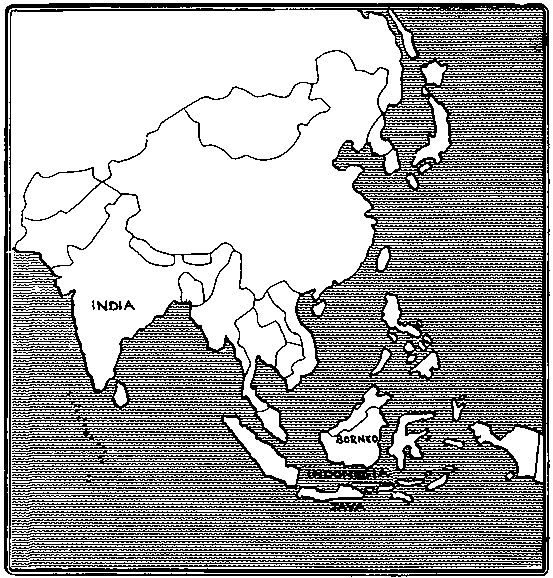The number of forest-based small scale enterprises (FBSSEs), and the true extent of their contribution to local economies is becoming apparent. An understanding of both their importance to local people and the vulnerability of FBSSE’s to external factors is best examined and analyzed through case studies.
The Committee on Forestry first recognized the need for further individualized study of FBSSEs in 1985. In response to their recommendations, the Forest, Trees and People Programme, administered by the Community Forestry Unit of the Forestry Planning and Institutions Service of FAO has been developing a collection of case analyses of FBSSE’s and related non-wood forest products. This set of three Asian case studies was commissioned by the Planning and Institutions Service. They illustrate the considerable diversity of these enterprises.
The first study, written by Nancy Peluso, describes rattan production in Indonesia. The industry is characterized by limited processing of the raw resource and the absence of substantial government assistance. The study raises some important issues such as access to and over-exploitation of resources and the efficacy of governmental efforts to help the industry.
The second case study, by J.C. Tandon, describes the match industry in India. It examines the activities of household, cottage and factory-size businesses and assesses government policies that are designed to encourage the development of medium-sized enterprises.
In the third case study, Satyawati Hadi describes two sets of handicraft industries in Indonesia. One set of industries (rattan furniture and carved wooden furniture) is expanding while the other set (painted umbrellas and wooden clogs) is in decline.
While each of the three case studies is unique, there are a number of common characteristics. For example, in all cases, relatively simple technology makes production possible for large numbers of workers, self-employed and entrepreneurs. The seasonality of some of the enterprises offers rural households much needed flexibility and supplements incomes. Similarily, the industries share some constraints to expansion: dependence on a diminishing natural resource, insecure markets and limited access to credit.
The compilation highlights the variables that affect the viability and competitive advantages of FBSSE’s. The comprehensive introduction and conclusion by J. Campbell compares and contrasts the three studies and places them in a broader context. It is hoped that these comparisons can ultimately be used to further increase understanding and result in better planning, management and evaluation of projects and activities involving FBSSEs.
MAP SHOWING AREA OF CASE STUDIES
